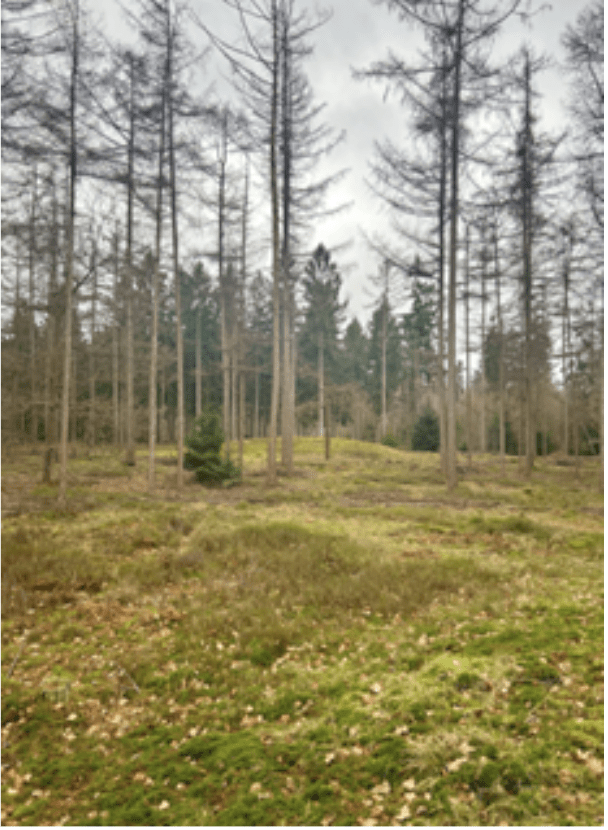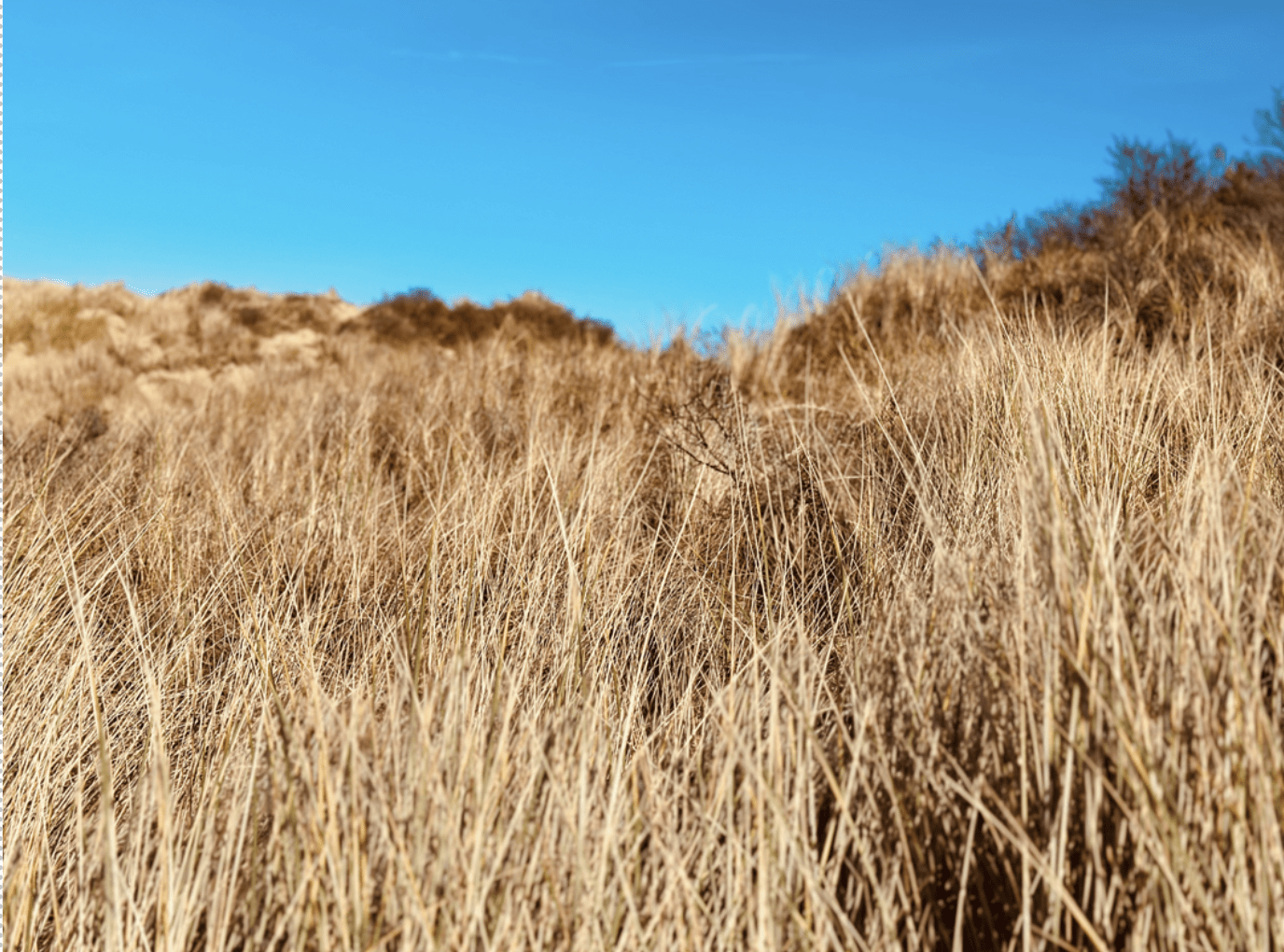By Maria Peretti
The Inner Child is a part of us that possesses boundless imagination, unfiltered joy, and an unwavering ability to see the world with fresh eyes. —S.M. Hettinga
Carrying on with your life as an adult can be tough amidst the pressures of work and various other duties. It’s easy to get caught up in a whirlwind of responsibilities, leading us to lose touch with the simple joy that once came so naturally to us as children.
Do you remember how it used to be back then? When your biggest concern was asking yourself, “What should I play next?” You’d let your imagination run freely, and anything you did would bring that purest sense of joy, whether it was blowing bubbles, using crayons to craft a piece of art, or kicking a soccer ball with friends.
All of this is to say: what if the key to bringing back that joy lies in rediscovering our Inner Child?
Tapping into our Inner Child as Adults
To begin, let’s have a clear understanding of what the Inner Child represents.
To quote Dr. Shawn M. Hettinga, the Inner Child is “a part of us that possesses boundless imagination, unfiltered joy, and an unwavering ability to see the world with fresh eyes.”
According to this definition, tapping into our Inner Child can truly be a powerful way to open ourselves to a more creative and playful approach to daily life. There are many different ways to connect to this part of ourselves, for example, revisiting childhood hobbies, creating something without judging ourselves, or practicing humor without worrying about what others think. However, for the purpose of this article I’d like to focus on one specifically: spending time in nature.
Rediscovering the Inner Child through Nature

Not long ago, I conducted a photo-elicitation study for my master’s thesis on how nature supports the well-being of young adults in the Netherlands. Among many different findings, one that was new and recurring in my research was participants’ mention of how nature played a crucial role in helping them rediscover their Inner Child. What made this reconnection possible is the fact that nature offers specific opportunities for exploration and playful interactions.
There is no better way to understand the participants’ experiences rediscovering and reconnecting with their Inner Child in nature than by listening to their own authentic voices:
“It kind of like transported us back to childhood. It was a really fluffy moss that was really like bouncy for some reason, and then suddenly you see three grown adults fully jumping on the moss and it’s like you’re a kid playing in your backyard. So yeah it was a really happy moment.” (Alana)
“Seeing these birds flying made me feel so excited. It was like kids playing and it made me feel instantly happier and made me want to play too.” (Isabella)
“When I was about to end my walk, I saw some children playing with a sled on a sand dune and I just felt this urge to play with them. So, I went up to them and asked if I could try the sled and they were super happy and let me try it. Then I made one try and I fell right away because I didn’t really understand how it worked. But then I tried a second time they explained a little better how it worked and I went through the downhill super successfully, you know, and when I was in front of the wall of grass, I just felt an explosion of joy for the very simple things, you know, and I just felt like a little child again.” (Liam)

While these participants’ voices highlight the profound sense of joy and excitement that comes from reconnecting with our own Inner Child, it’s not easy to let go of our internal struggles created by societal norms that discourage us from embracing our sense of wonder and playfulness as adults. By overcoming this resistance and leaning into moments of play and exploration, even adults can experience a deeper harmony with nature and be reminded that joy and playfulness are timeless and essential aspects of the human experience.
Conclusion
So, dear reader, I encourage you to find your own way to reconnect with your Inner Child. This is not about escaping adulthood and its responsibilities, but rather, embracing the small, joyful moments that can change our outlook on life. Life is too short and too beautiful to be serious and worried all the time. Each day offers countless opportunities to find beauty, joy, and excitement when we choose to tap into that part of ourselves that will help discover delight and wonder even in the ordinary.
About the Author

Maria Peretti is 25 years old and lives in her home country of Italy. She graduated with a bachelor’s degree in Psychology from the Catholic University of the Sacred Heart in Milan, and earned a master’s degree in Counseling Psychology from Webster University in Leiden, the Netherlands. Maria says, “I have always been passionate about nature and mental health, which led me to combine them as the focus of my research project for my master’s degree.”
